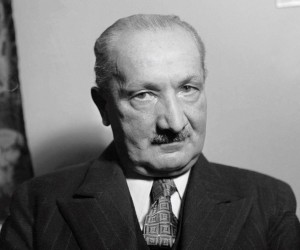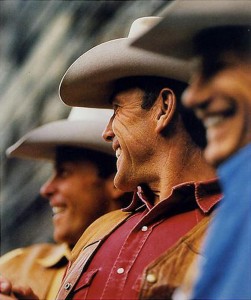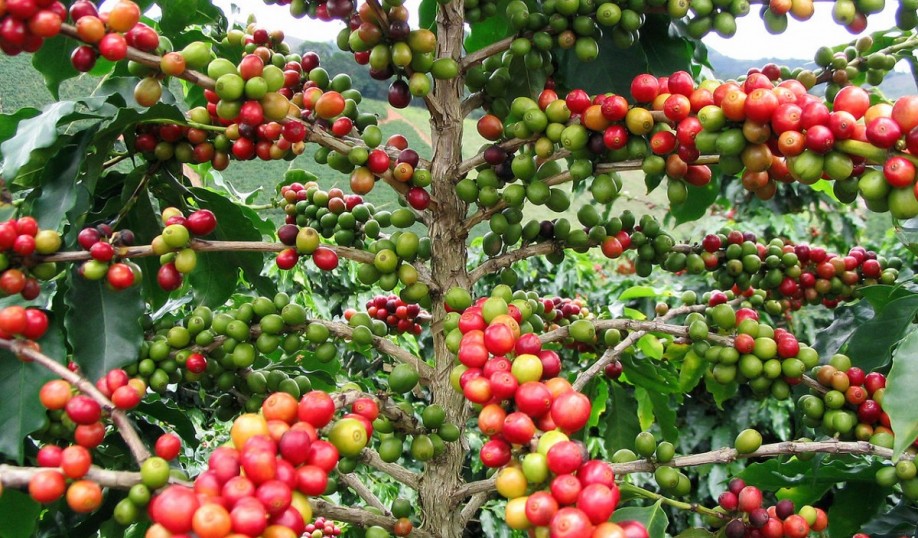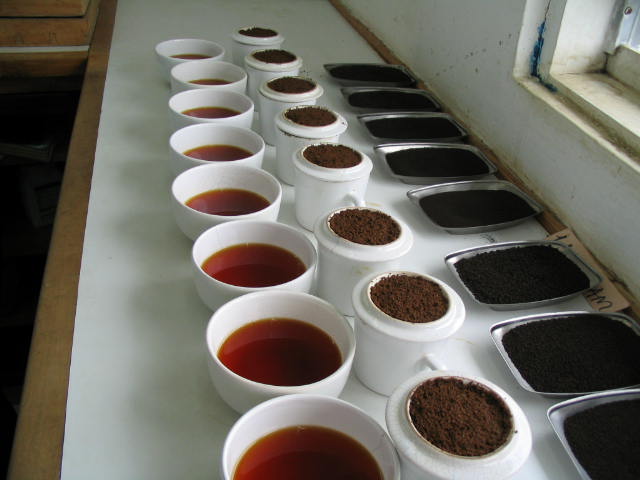Heidegger’s idea of Dasein can be translated in multiple ways. First, as a verb it can literally mean “to be there” (da=there, sein= to be). Otherwise, Dasein’s meaning can fluctuate depending on how its context calls on it to function, as it’s been used by various philosophers and theorists to denote ideas varying from “existence” to “meaning of life/existence” to when Kant used it to refute the “ontological argument for the “Dasein of God.” (Rouse 77) Similarly, the definition of terroir has held equally ambiguous definitions as its usage has been popularized between different fields of study and commerce. Conventionally, what’s been regarded as the most accepted definition is that of “taste of place.” The attributes of place are mostly observed through a place’s soils, climate and terrain; with the consideration that each commodity demands specific geographical features (volcanic soils, high humidity…) However, the definition of “taste of place” omits the subject of “human interaction” (whether it’s seen through ideas relating to plantation history, labor practices or the individual taster.) To a degree, the argument for the idea of Dasein into the conceptual analysis of terroir can be made in accordance to considerations made regarding ideas of how ideas of personhood, nationality and time have had on a globalized perspective of food, diet and terroir. For example, we’ve discussed the perceptions different American classes have had on coffee, and how those ideas of perception have varied over time. If we as a class were to introduce a new perspective to the definition of terroir, I’d posit that we should look to Heidegger’s idea of Dasein, which is equally open and molded by time and context, to reconstruct terroir as a thing defined by Taste of Place in Time (from Being and Terroir.)

Martin Heidegger, the philosopher who conceptualized “Dasein.”

Another idea similar to Dasein was the one re appropriation artist Richard Prince posed in his series “Cowboys,” where he re photographed Marlboro advertisements, which resulted in the displacement and obscuring of the models dressed as American folklore characters. One could say that Prince was critiquing the idea that Marlboro was conveying through these ads, where one can become something else through patriotism, consumption and nostalgia.
Image source: http://www.thefamouspeople.com/profiles/images/martin-heidegger-2.jpg
Image source: http://bumbumbum.me/2010/12/10/richard-prince-cowboys-and-girlfriends-2/




